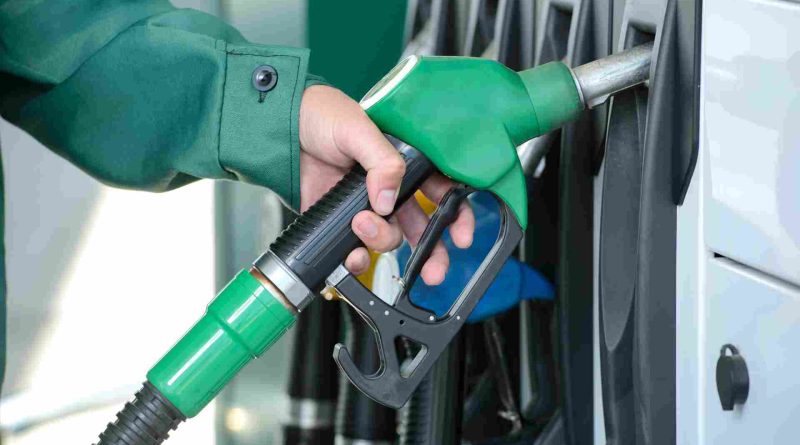Record-Breaking Surge in U.S. Gas Prices Amid Refinery Challenges
May 10 (Reuters) – Gasoline prices at American pumps surged yet again on Tuesday, smashing previous records and surpassing those set just two months ago. The surge comes amidst global refinery challenges, propelling prices to dizzying heights in anticipation of the upcoming driving season.
According to the American Automobile Association, the average price for a gallon of gasoline soared to $4.374 early on Tuesday, eclipsing the former record of $4.331.
While Brent crude futures have seen a 7% decrease since March 30, gasoline futures have spiked by 9.4%, hitting a peak of $3.7590 per gallon on Friday before experiencing a slight dip on Monday.
Refinery shutdowns, both planned and unexpected, have driven up fuel prices, despite efforts by the United States and other nations to bolster global crude supplies. With demand rebounding to pre-pandemic levels, global fuel reserves are dwindling. The situation worsened following the Ukraine conflict and subsequent sanctions on Russia by the United States and its allies.
Mike Jennings, CEO of HF Sinclair Corp, estimated during an earnings call on Monday that the world has lost 1 million barrels of refining capacity and 1.5 million barrels of oil supply since the pandemic began. “That’s 2.5% of world consumption… it’s a significant figure,” he remarked.
Traditionally, refineries prioritize gasoline production in anticipation of increased driving during the warmer months. However, recent weeks have seen a shift towards distillate output to meet soaring demand for jet fuel and diesel in Europe, Latin America, and the United States, as Western sanctions disrupt Russia’s exports.
“Refinery executives are emphasizing maximum output—utilization rates are expected to remain high throughout the year,” noted Gary Cunningham, director of market research at Tradition Energy.
Diesel prices hit a new high of $5.45 per gallon this week.
Despite these surges, fuel prices in the United States remain comparatively lower than in other major consumer markets such as the UK, Japan, and France, where hefty taxes contribute to higher fuel costs.
“I don’t foresee a resolution until at least 2023, when additional refining capacity becomes available in the Middle East and Asia,” remarked Patrick DeHaan, head of petroleum analysis at GasBuddy.
The price of U.S. crude oil, the primary input cost for refineries, has dropped by nearly $20 from its March peak, aided by the release of millions of barrels from U.S. strategic reserves and decreased demand due to COVID-19 lockdowns in China.
However, product inventories continue to decline. U.S. gasoline inventories have dropped by 3% year-on-year to 228.6 million barrels, as reported by the U.S. Energy Information Administration.
The 3-2-1 crack spread, an indicator of refining margins, soared to $54.34 on Monday, marking a nearly 150% increase compared to the same period last year.
“I anticipate that, barring any significant economic downturns, commodity prices—particularly our products—will remain relatively high,” predicted Jennings.

